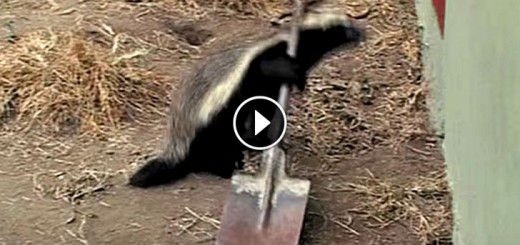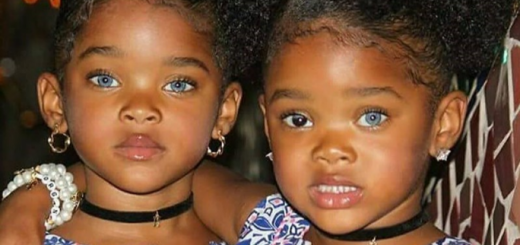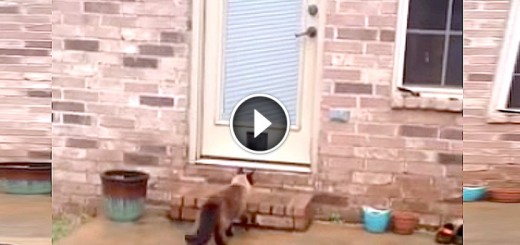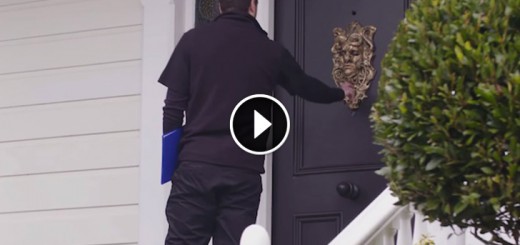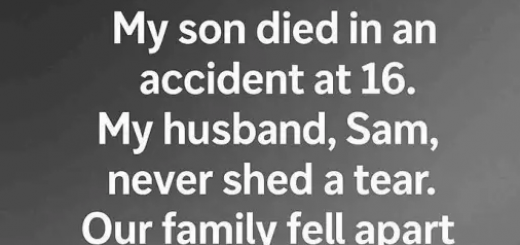Inquiry Reveals Woman Who Claimed to Have 10 Babies Was Lying
Spectacular birth stories often capture global attention, and the more babies involved, the more headlines they generate.
So, when news broke in 2021 that a South African woman had given birth to ten babies at once, the world was fascinated. However, as officials dug deeper into the extraordinary claim, they uncovered shocking details that led to an ongoing controversy.

In June 2021, Pretoria News reported that Gosiame Thamara Sithole, a 37-year-old woman from Gauteng, had given birth to decuplets at Steve Biko Academic Hospital.
According to journalist Piet Rampedi, who broke the story, Sithole delivered seven boys and three girls via C-section.
The article described her pregnancy as natural—without fertility treatments—and even suggested that she had unknowingly been carrying ten babies, despite previous scans showing only eight.
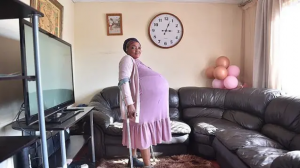
The so-called “Tembisa 10” quickly became a viral sensation, with international news outlets, including the BBC, covering the remarkable case.
Donations flooded in, reportedly totaling $70,000, as well-wishers sought to support the overwhelmed parents.
Authorities Investigate and Uncover the Truth
Despite the excitement surrounding the story, questions arose when no hospital could confirm the births.
The Gauteng Provincial Government launched an investigation, checking both public and private hospitals, but found no records of such a delivery.
Suspicion deepened when no official medical sources could verify the existence of the decuplets.
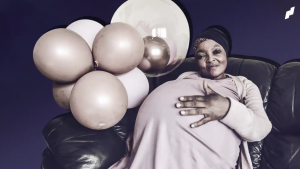
By June 25, 2021, the provincial government released a statement confirming that after a thorough review, there was no evidence that Sithole had given birth.
Social workers later located her and brought her to a hospital, where medical tests confirmed that she had not been pregnant recently.
A Shocking Revelation and Media Fallout
With the revelation that the decuplets did not exist, many began questioning why such an elaborate hoax was created.
The authorities refrained from speculating on motives but offered Sithole medical, psychological, and social support, suggesting she may have required counseling.
Instead of the controversy fading away, it escalated further. Journalist Piet Rampedi—who had originally published the story—insisted that the Gauteng Health Department was covering up the birth.
His newspaper, Independent Media, doubled down on its claims, accusing officials of a “cover-up of mammoth proportions.”
However, in a surprising turn, Rampedi later retracted his report, admitting serious errors in his journalistic process.
In an apology email to his colleagues at Independent Media, he acknowledged that the story lacked proper verification and that he had treated it too casually instead of conducting a rigorous investigation.
Legal Action and Lasting Impact
The Gauteng government dismissed the allegations of a cover-up, stating that the claims tarnished the reputation of the Steve Biko Academic Hospital and provincial authorities.
They even considered legal action against Rampedi and his media group for spreading misinformation.
While the truth has now been exposed, the case remains a cautionary tale about the dangers of unverified journalism and the power of viral misinformation.
The bizarre saga of the “Tembisa 10” serves as a reminder that not everything sensational is real—no matter how convincing it may seem.




